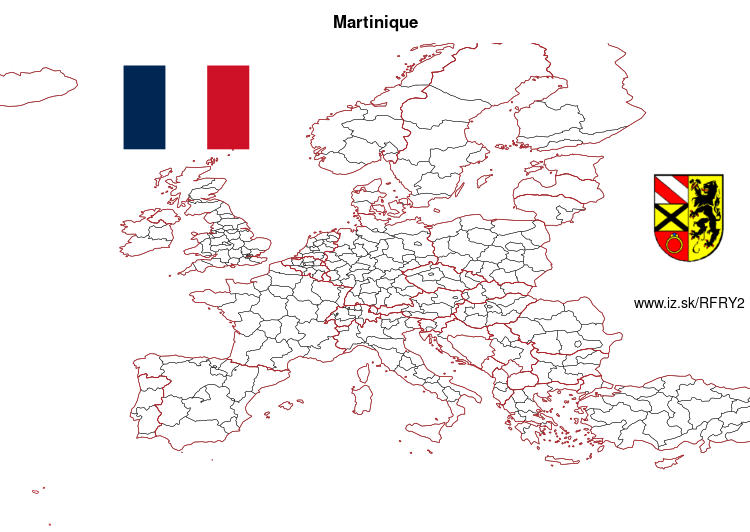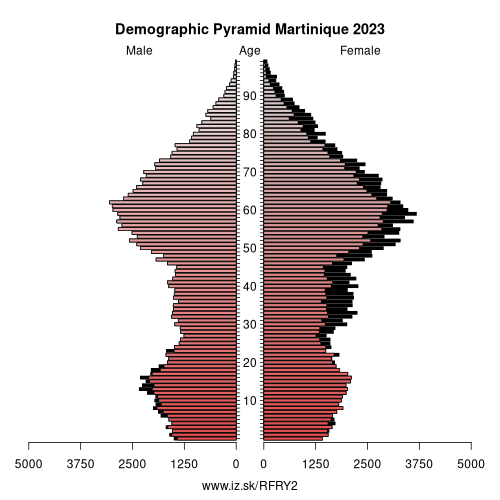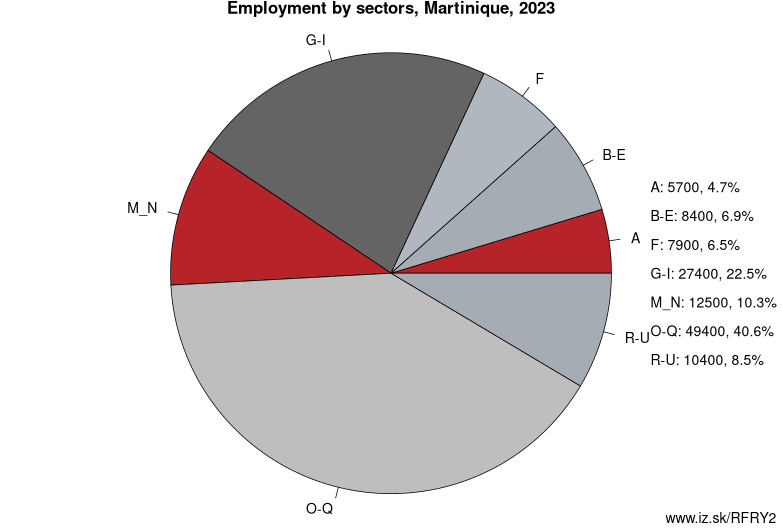- About us»
- Net income calculator»
- Population aging»
-
- Least developed regions»
-
- Average wage
- Material need benefits
- Meal allowance
- Counties of Slovakia
- Inflation
- Living and Subsistence Minimum
- Unemployment of Czechia and Slovakia
- NACE Classification
-
- Life expectancy
- Gender differences
- Youth unemployment and NEET
- Minimum wage in EU
- Unemployment rates of different age groups
- Share of salaries on GDP
- Employment rate
- Long term unemployment
- NEET
- Percentage of employees ususally working at nights
- Unemployment rate
-
- Bratislava and surroundings
- Kopanice
- Danube river
- lower Vah river
- middle Vár river
- upper Nitra river
- lower Nitra river
- Mining cities
- Kysuce a Orava
- upper Vah river - Liptov
- Spiš cities
- upper Hron river
- Juhoslovenská kotlina
- Košice fold and Torysa river
- upper Zemplín
- lower Zemplín
- EU regions
- NUTS3 regions of Slovakia
- LAU1 dataset
-
- Projects and activities
- Inclusive growth»
- Good work
- Project SKRS
- Social system – reality and vision
- Library
-
- Education of unemployed
- Young unemployed not taking part in education
- Proposal to change the system of education funding
- News»
- Contact
Martinique – FRY2
EU regions: France > overseas department and region of France > Martinique

| Indicator | Period | Value |
|---|---|---|
| Life long learning | ||
| life long learning participation | 2024 | 9.8 |
| Part time jobs and flexible employment | ||
| percentage of part time workers | 2024 | 14.38 |
| percentage of part time workers, men | 2024 | 6 |
| percentage of part time workers, women | 2024 | 20.94 |
| Gender differences | ||
| gender gap in employment rate | 2024 | 104.36 |
| gender gap in unemployment rate | 2024 | 73.61 |
| Graduates and young people | ||
| unemployment rate of youth with elementary education | 2013 | 79.2 |
| NEET | 2024 | 16.1 |
| Gross domestic product | ||
| GDP per capita in PPS of EU average | 2023 | 69 |
| Employment | ||
| employment rate | 2024 | 61 |
More on wikipedia wikidata Q17054 Martinique slovensky: FRY2
Subregions: Martinique
Unemployment
| Indicator | Period | Value |
|---|---|---|
| Unemployment | ||
| unemployment rate | 2024 | 12.8 |
| youth unemployment rate | 2024 | 35.7 |
| Long term unemployment | ||
| long term unemployment | 2024 | 5.3 |
| share of long term unemployed | 2024 | 42.8 |
Demographics
| Indicator | Period | Value |
|---|---|---|
| Demographics | ||
| number of inhabitants | 2024 | 357 590 |
| population density | 2023 | 325.2 |
| old-age dependency ratio | 2024 | 41.1 |

Employment by sectors, Martinique
| NACE r2 | % | NACE r2 | % | ||
|---|---|---|---|---|---|
| A | 5.1 | 4% | B-E | 8.8 | 7% |
| F | 8.1 | 6% | G-I | 26.7 | 20% |
| K | 4.4 | 3% | M_N | 10.7 | 8% |
| NRP | 11.8 | 9% | O-Q | 45.2 | 34% |
| R-U | 8.1 | 6% | TOTAL | 131.5 | 100% |
Data for the period year 2024. Source of the data is Eurostat, table [lfst_r_lfe2en2].

Martinique ( MAR-tin-EEK, French: [maʁtinik] (listen); Martinican Creole: Matinik or Matnik; Kalinago: Madinina or Madiana) is an island and an Overseas department/region and single territorial collectivity of France, and therefore an integral part of the French Republic, located in the Lesser Antilles of the West Indies in the eastern Caribbean Sea, with a land area of 1,128 square kilometres (436 sq mi) and a population of 376,480 inhabitants as of January 2016. One of the Windward Islands, it is directly north of Saint Lucia, northwest of Barbados and south of Dominica. Martinique is also an Outermost Region (OMR) of European Union as a special territory of the European Union and the currency in use is the euro. An analogous situation to Martinique's status in the French Republic is the status of Hawaii in the United States. Virtually the entire population speaks both French (the sole official language) and Martinican Creole.
Etymology
It is thought that Martinique is a corruption of the Taïno name for the island (Madiana/Madinina, meaning 'island of flowers', or Matinino, „island of women"), as relayed to Christopher Columbus when he visited the island in 1502. According to historian Sydney Daney, the island was called „Jouanacaëra" or „Wanakaera" by the Caribs, which means „the island of iguanas".
History
Pre-European contact
The island was occupied first by Arawaks, then by Caribs. The Arawaks were described as gentle timorous Indians and the Caribs as ferocious cannibal warriors. The Arawaks came from Central America in the 1st century AD and the Caribs came from the Venezuela coast around the 11th century. When Columbus arrived, the Caribs had massacred many of their adversaries, sparing the women, whom they kept for their personal or domestic use.
European arrival and early colonial period
Martinique was charted by Columbus in 1493, but Spain had little interest in the territory. Christopher Columbus landed on 15 June 1502, after a 21-day trade wind passage, his fastest ocean voyage.
Other: overseas department and region of France, Réunion, French Guiana, Martinique, Mayotte, Guadeloupe
Subregions: Martinique
Suggested citation: Michal Páleník: Europe and its regions in numbers - Martinique – FRY2, IZ Bratislava, retrieved from: https://www.iz.sk/PFRY2, ISBN: 978-80-970204-9-1, DOI:10.5281/zenodo.10200164
Similar articles
Navigation:
- Short news
- Local Administrative Units data of Visegrad countries open data
- Projects and activities
- European regions
- Random region: Hungary, Central Hungary, Budapest

 Share
Share Facebook
Facebook Twitter
Twitter News
News